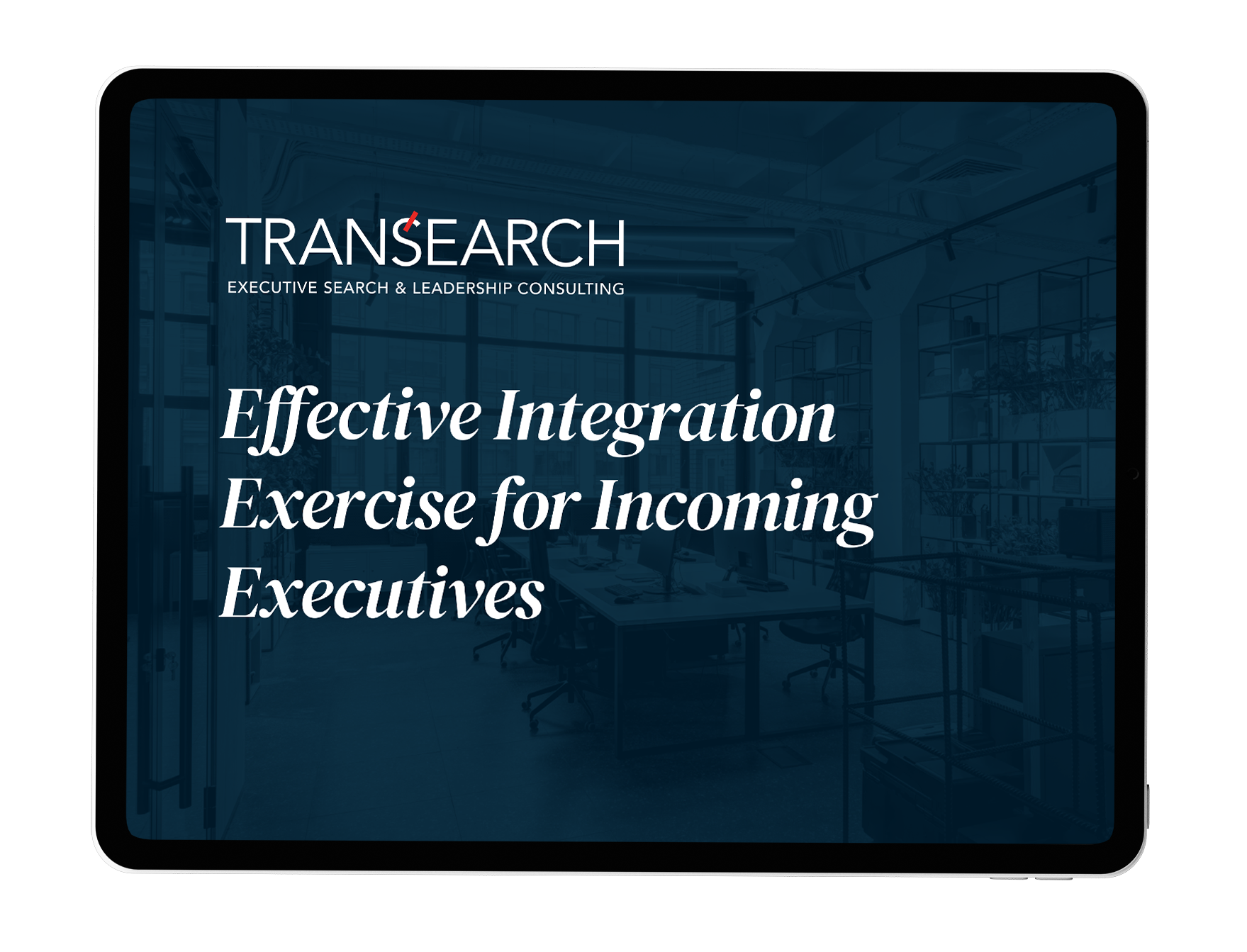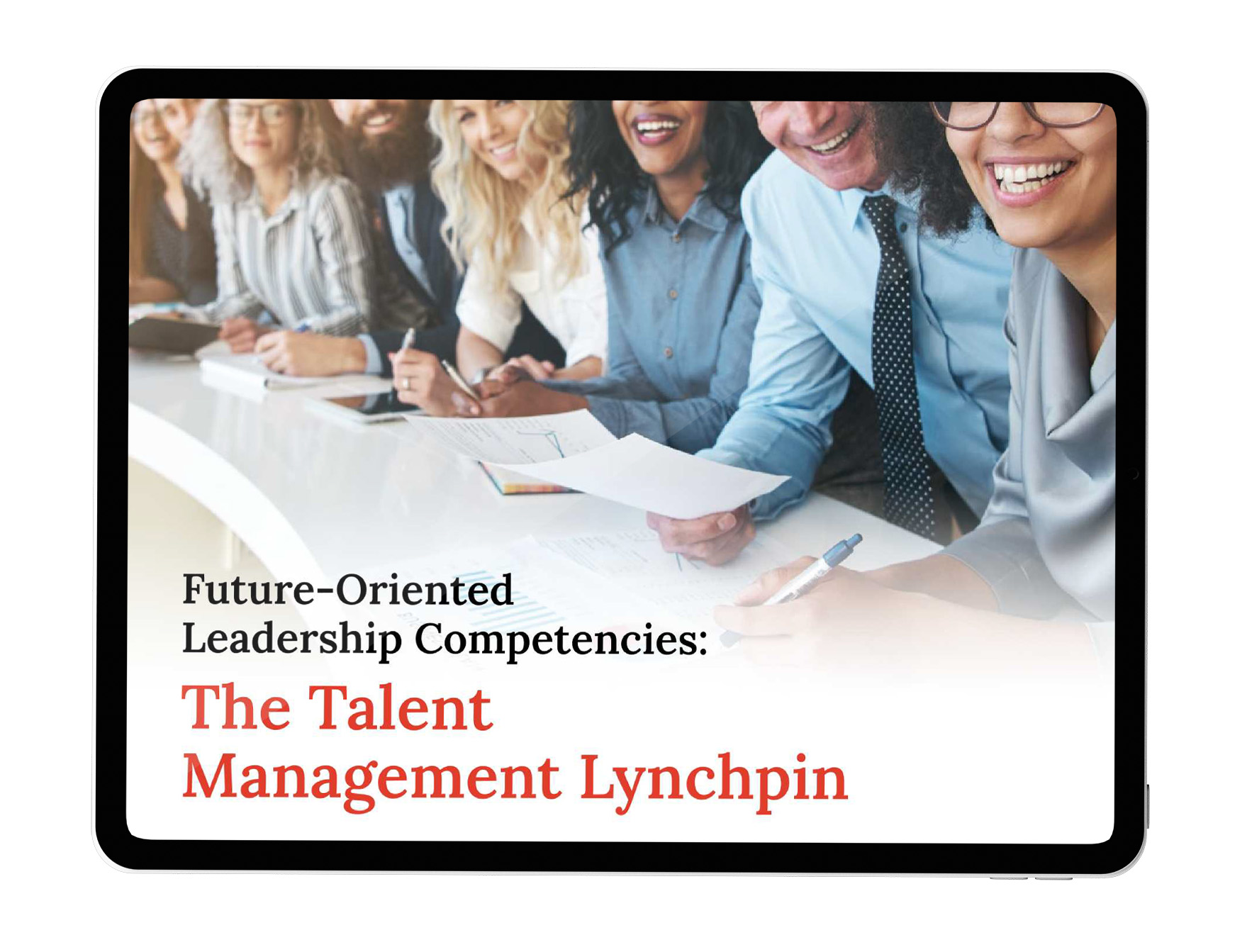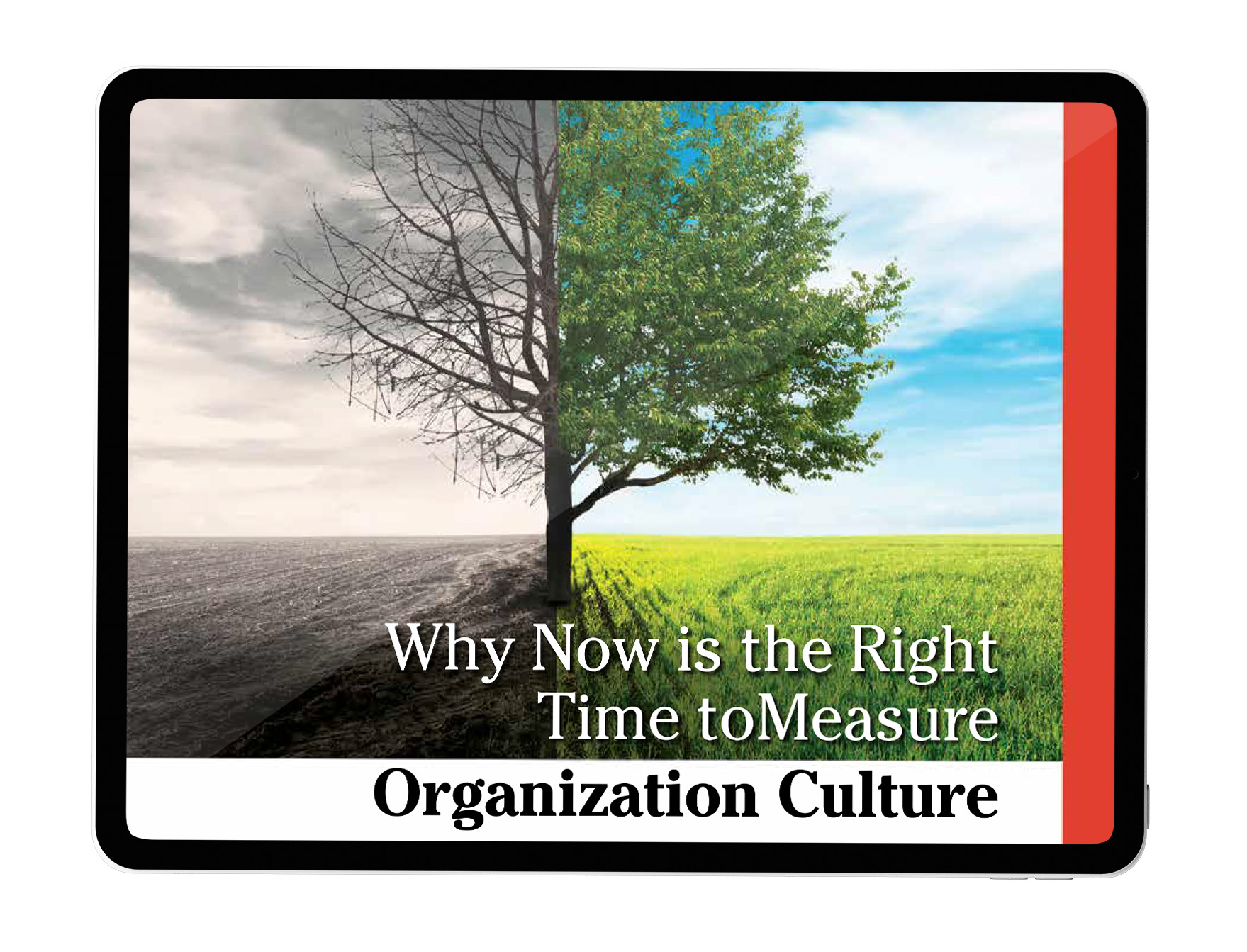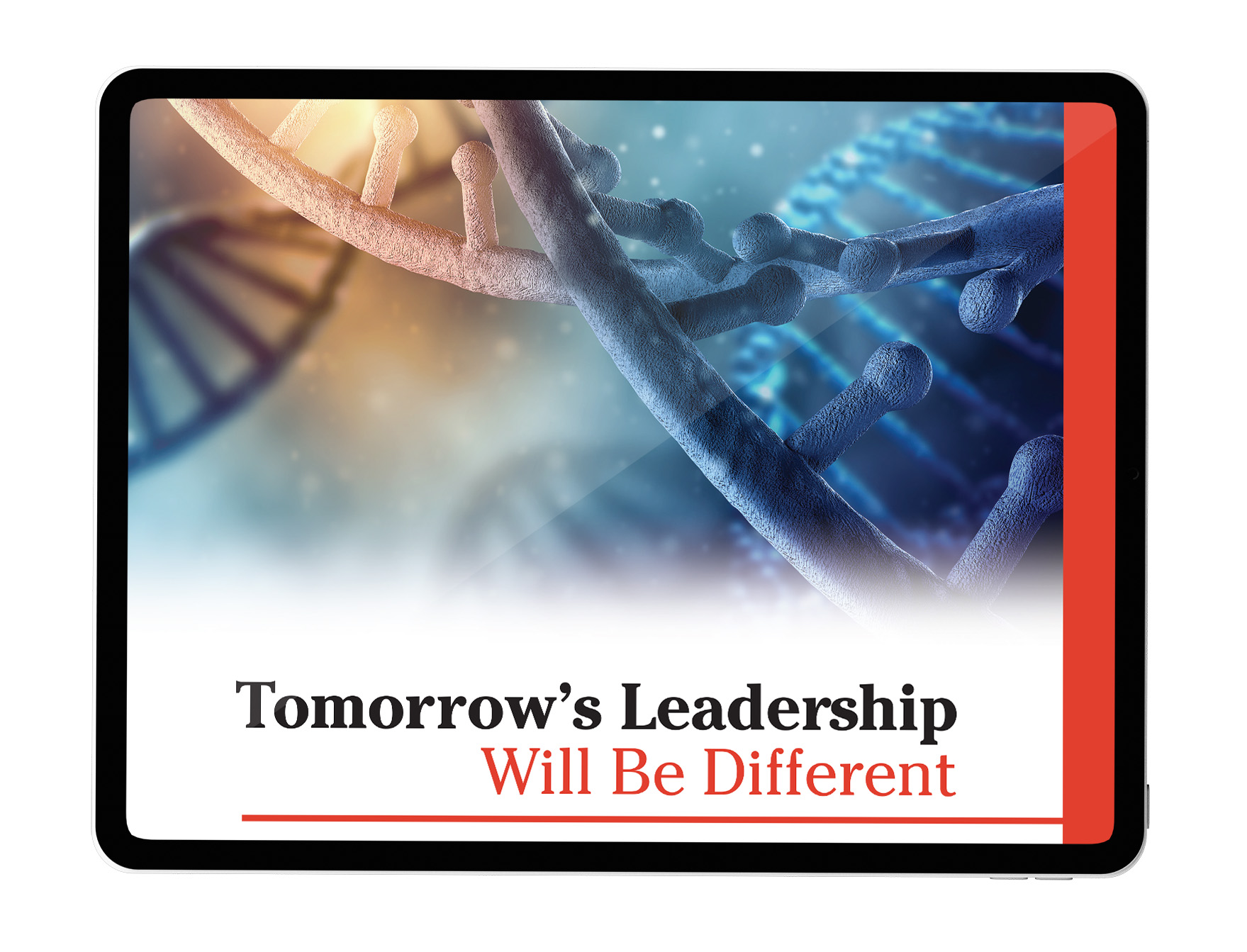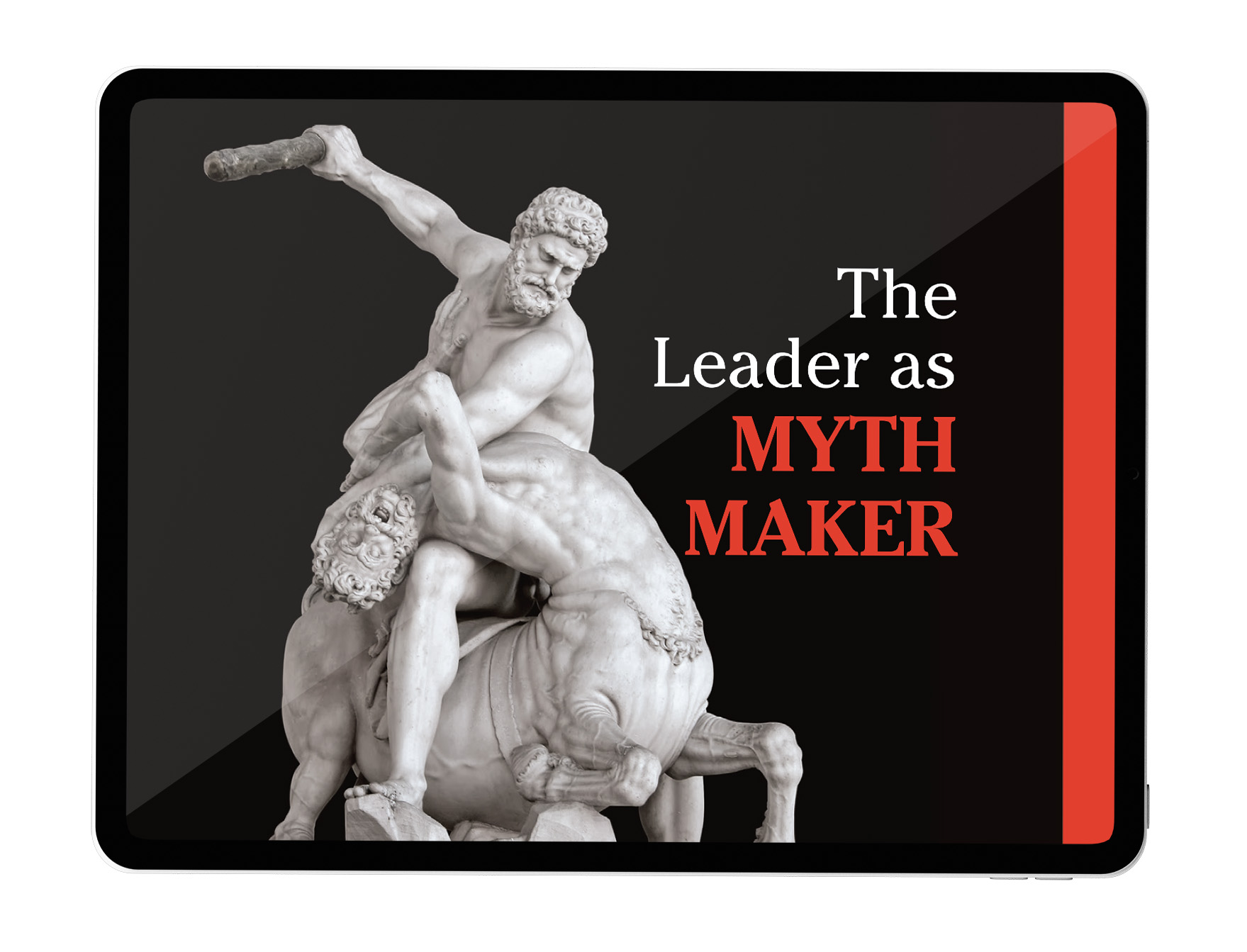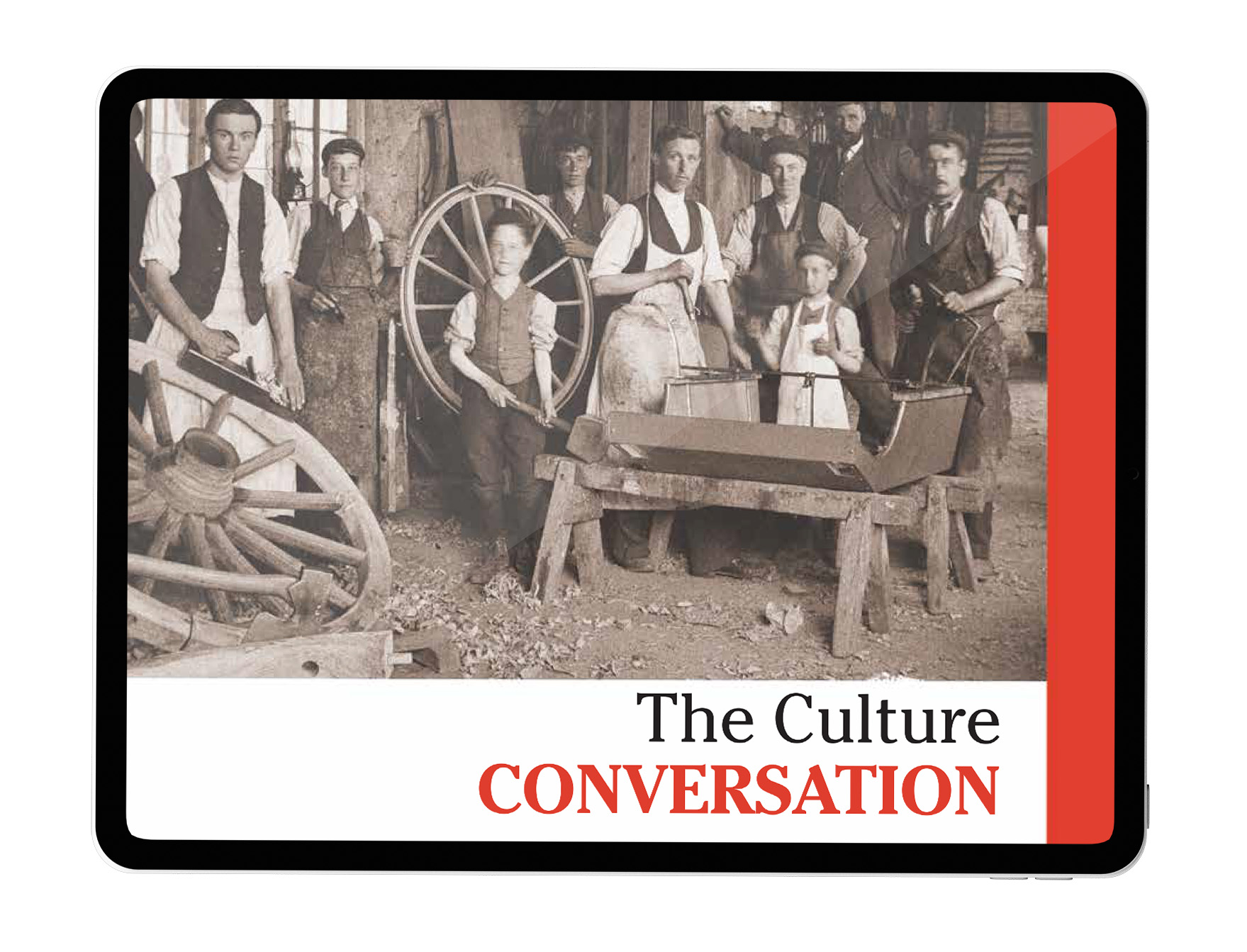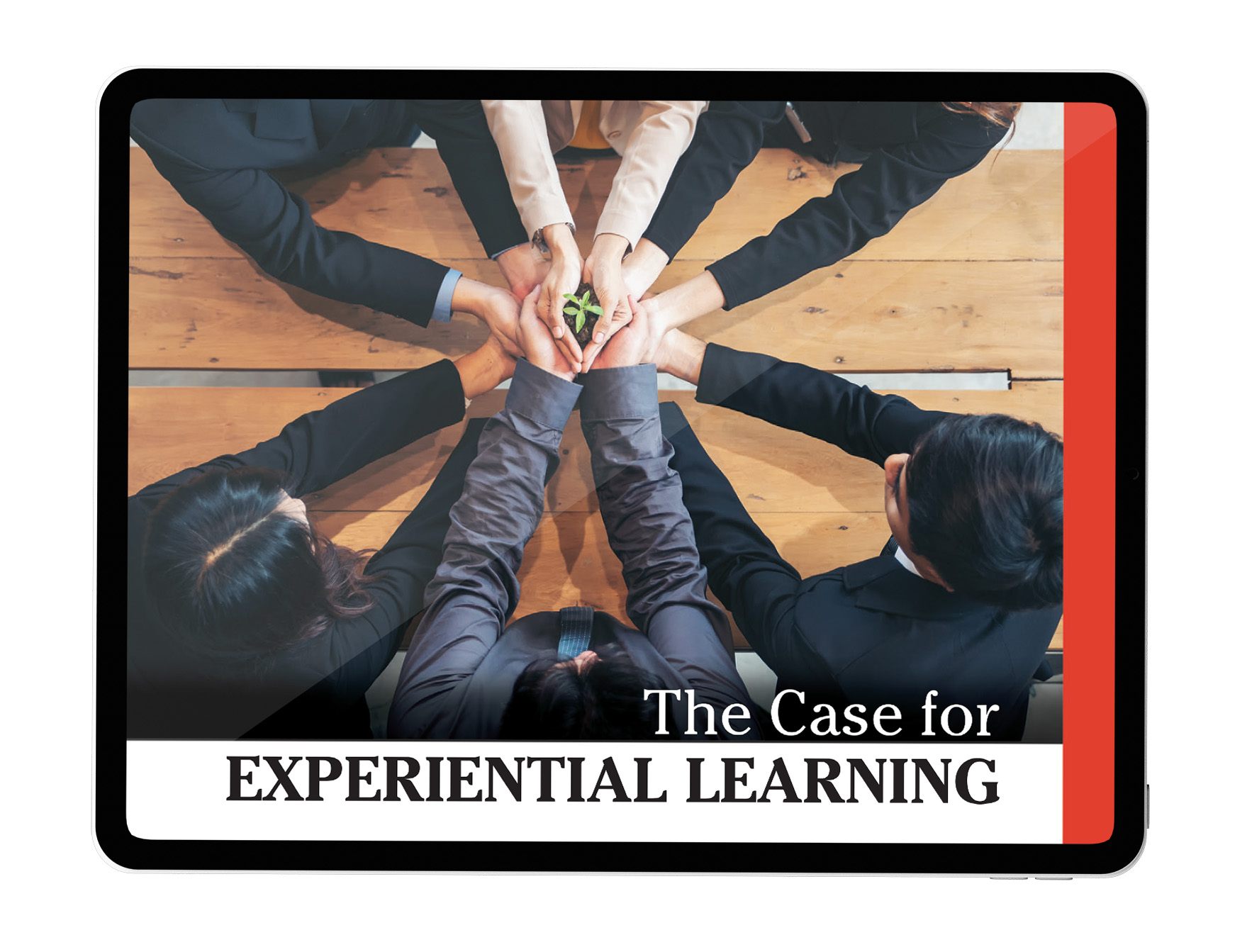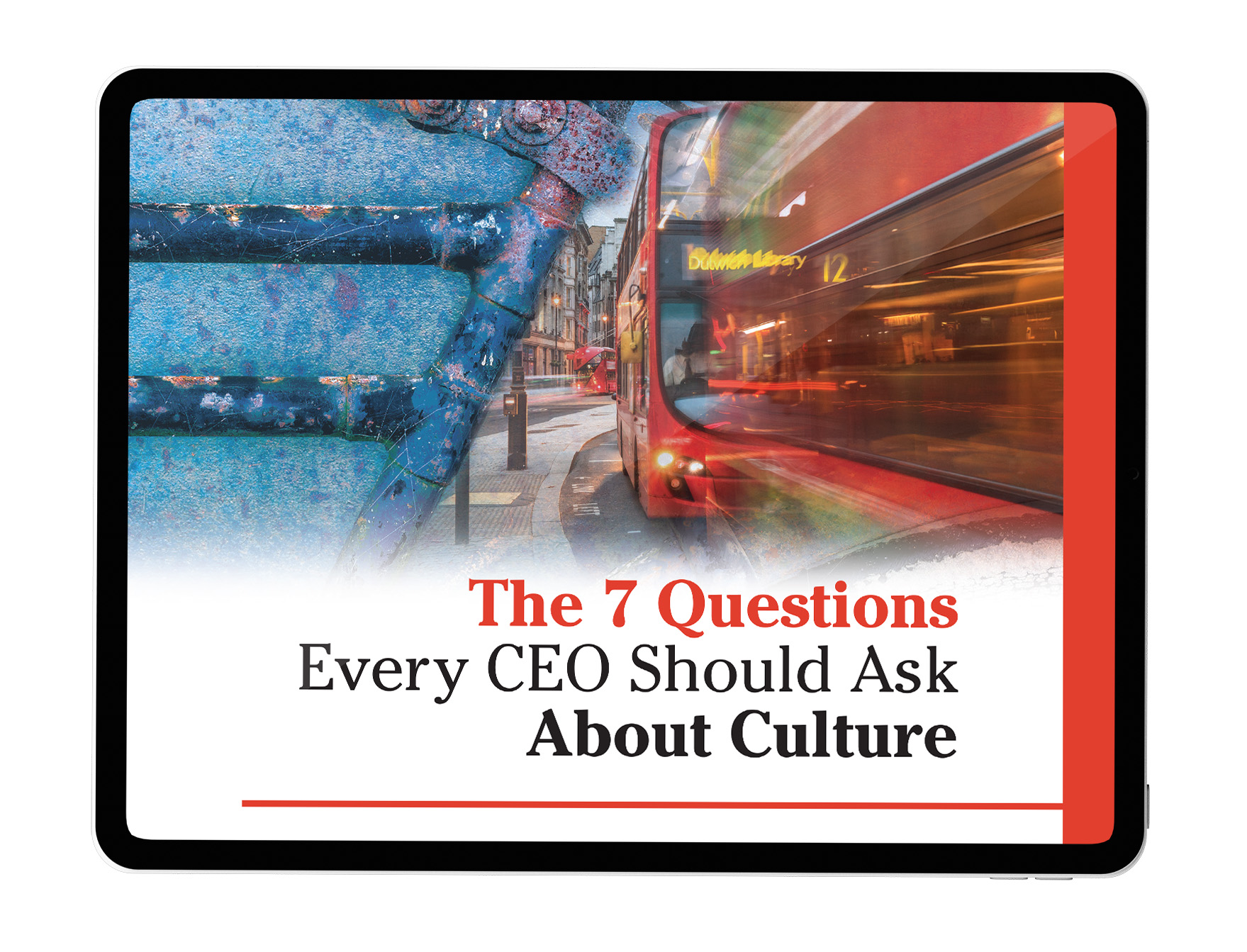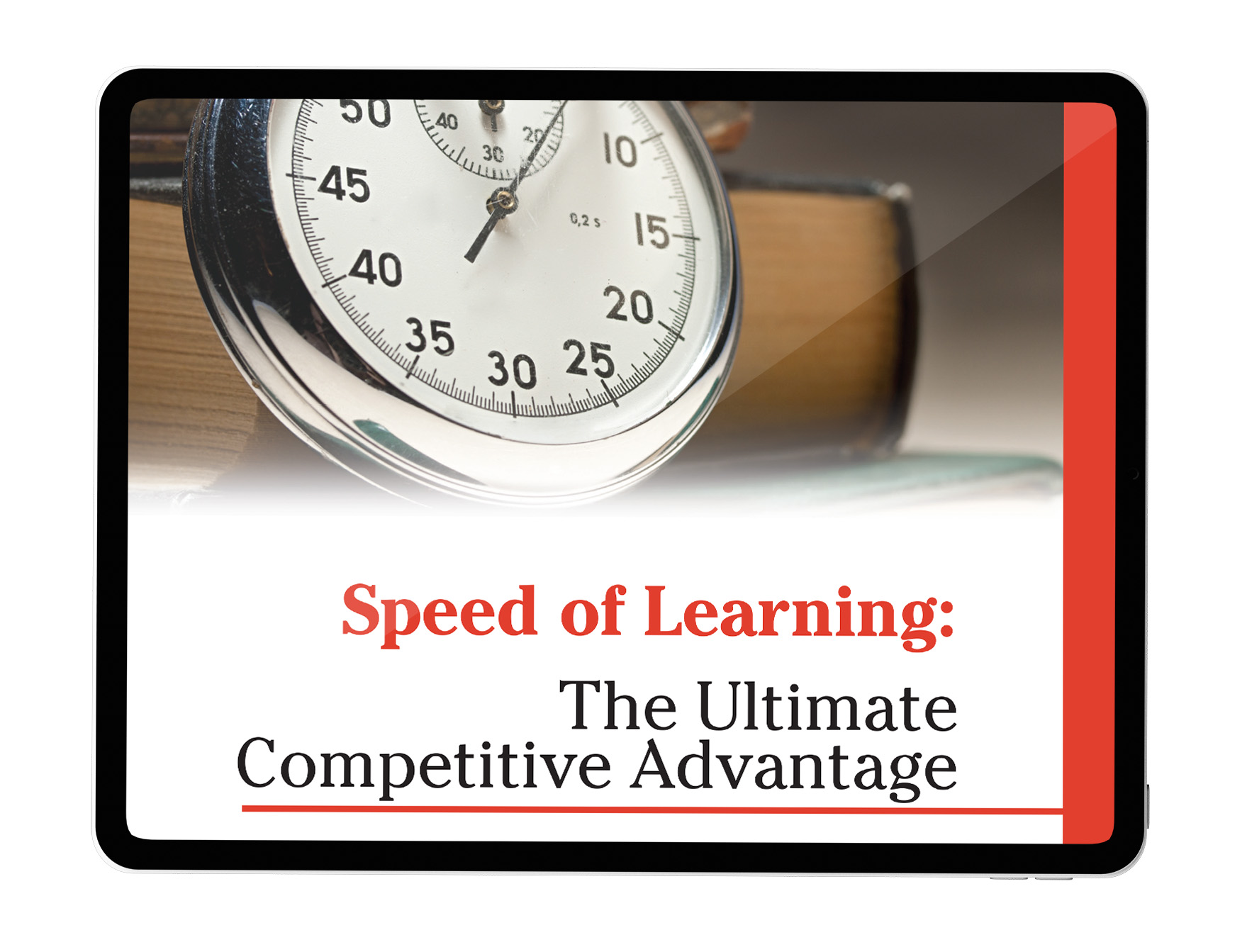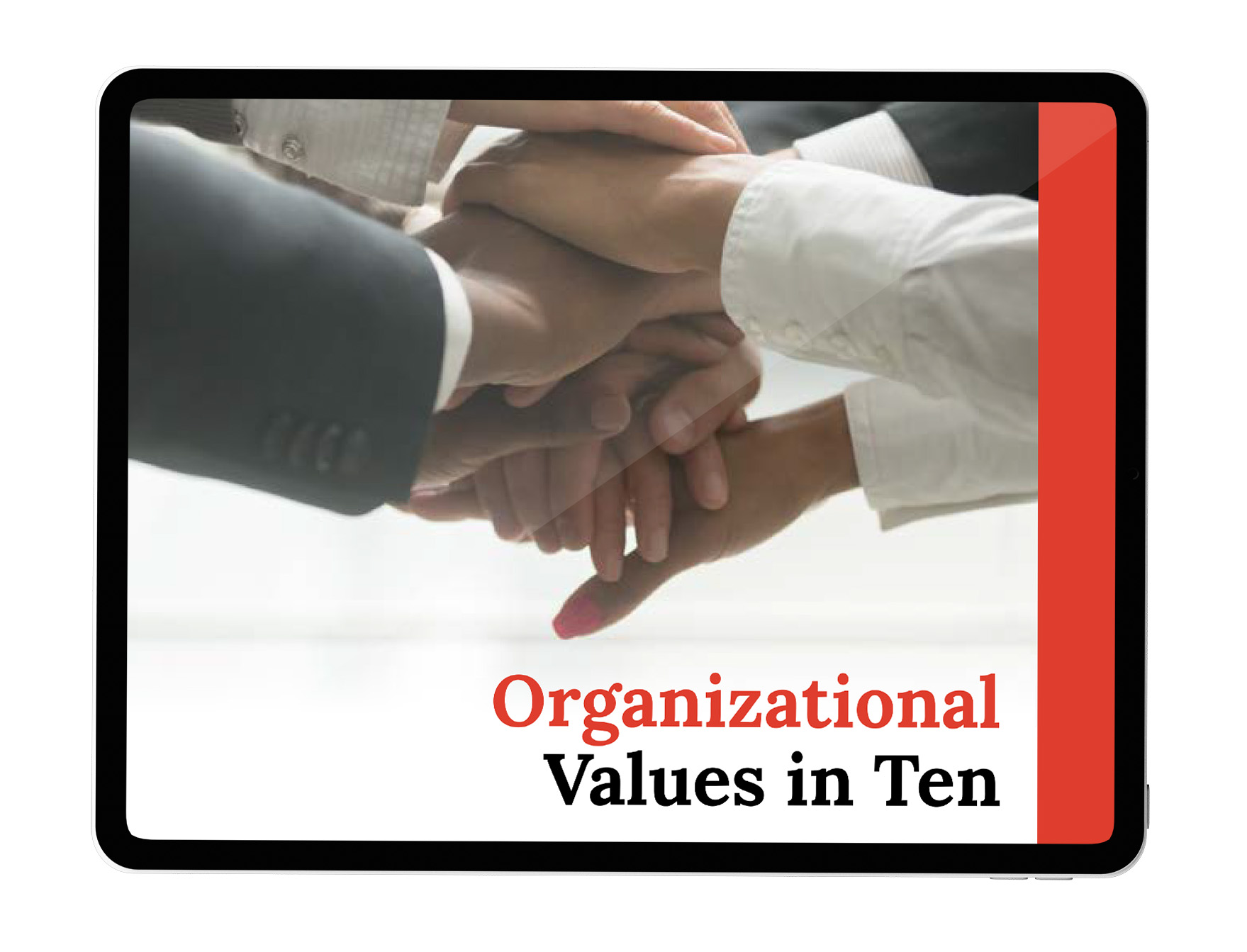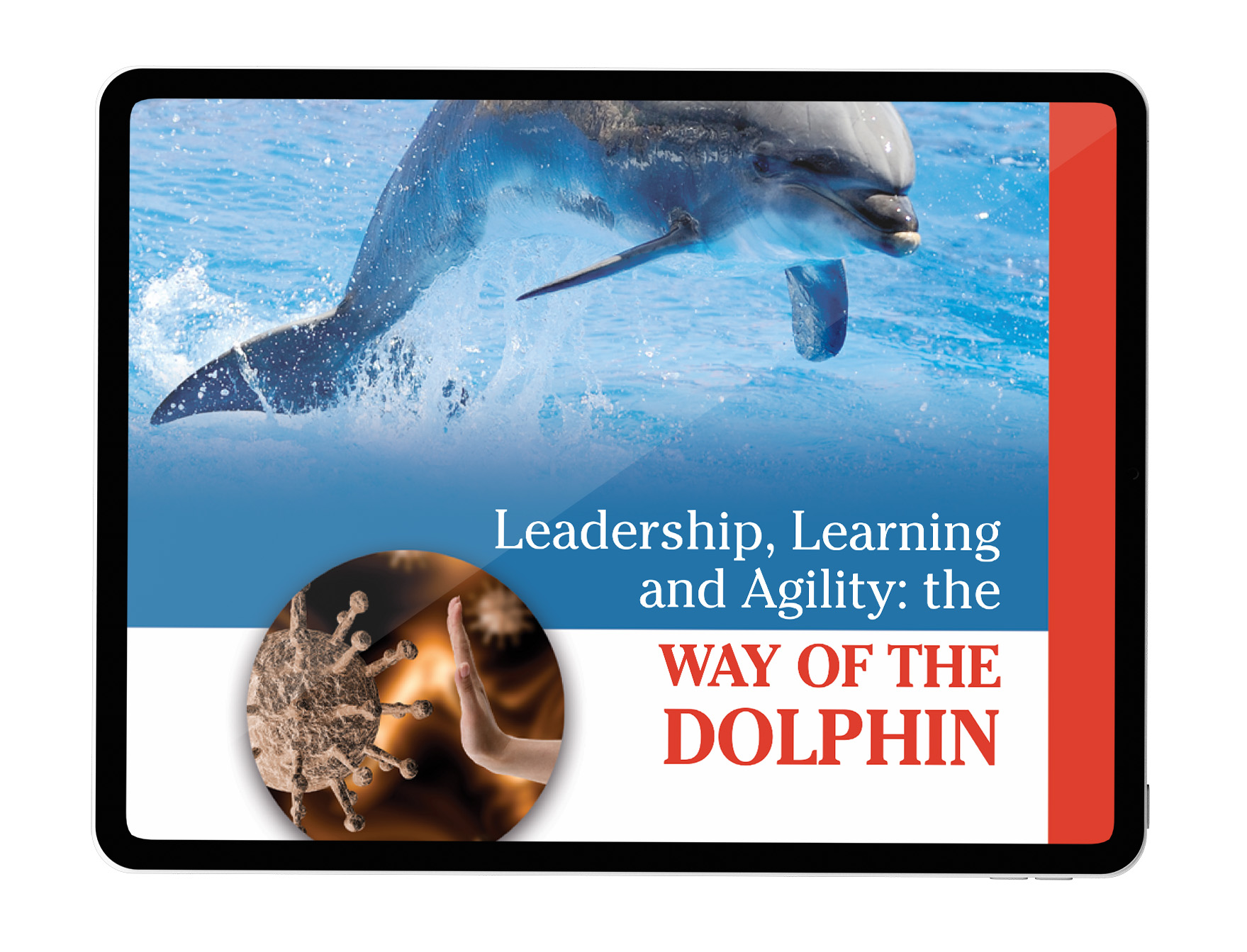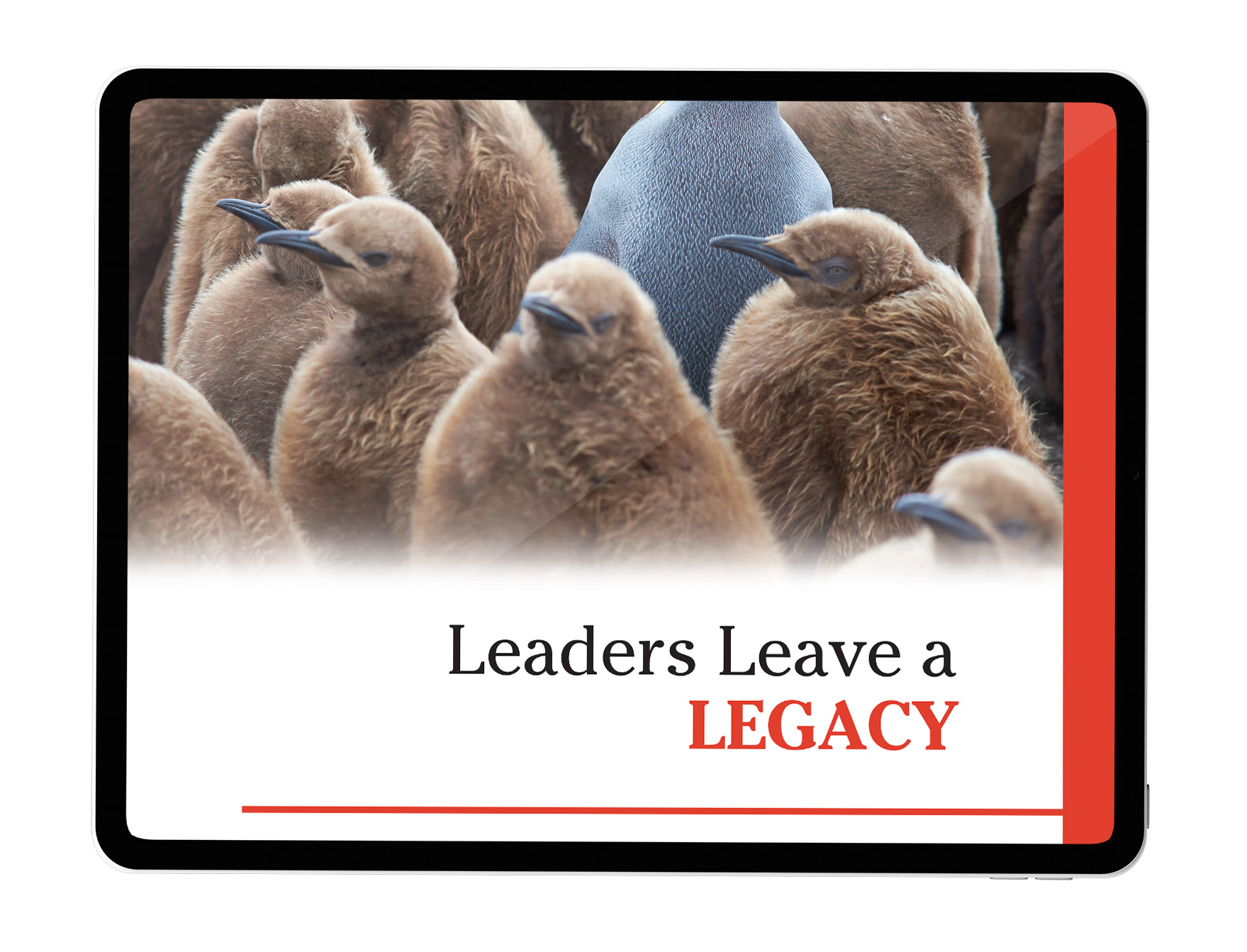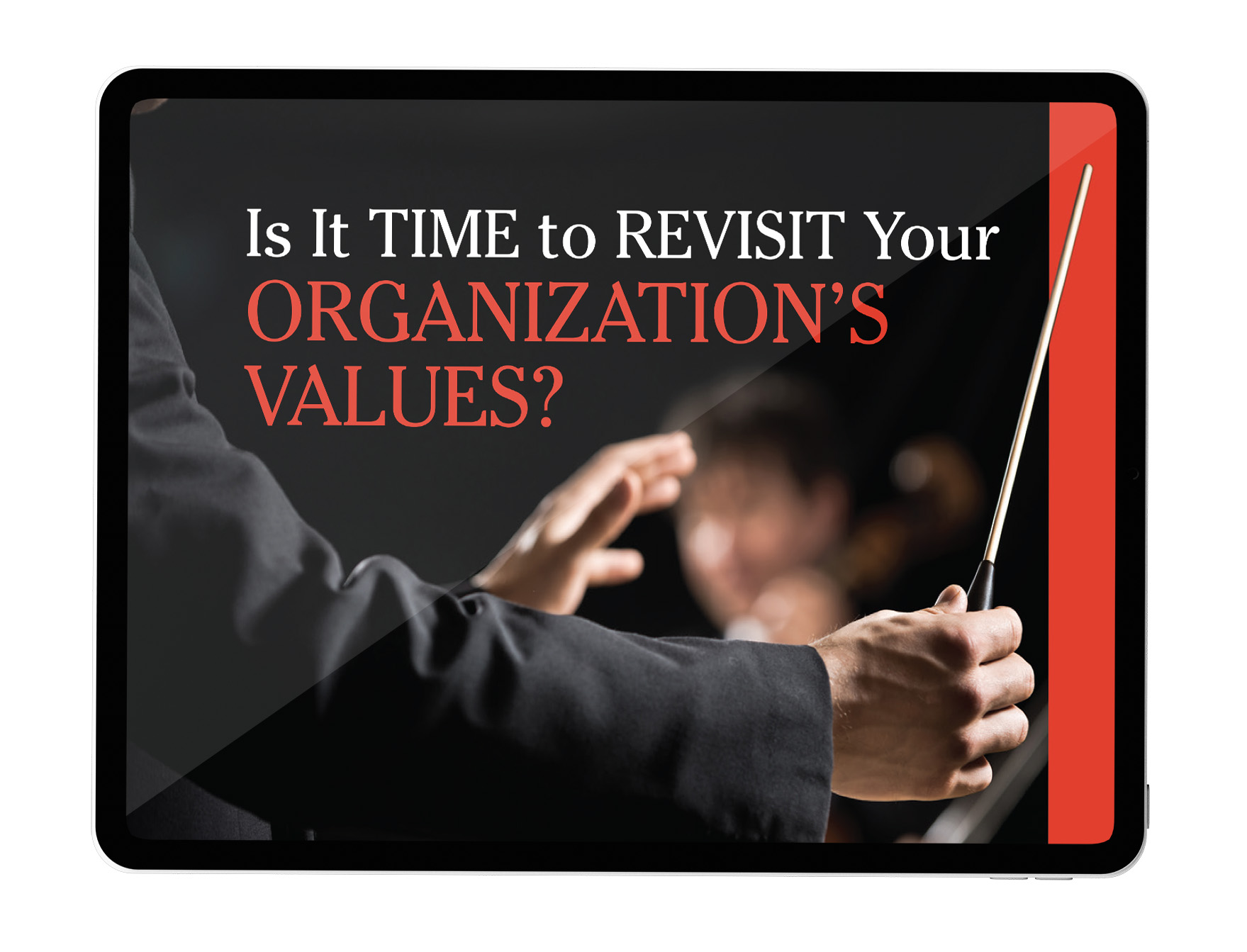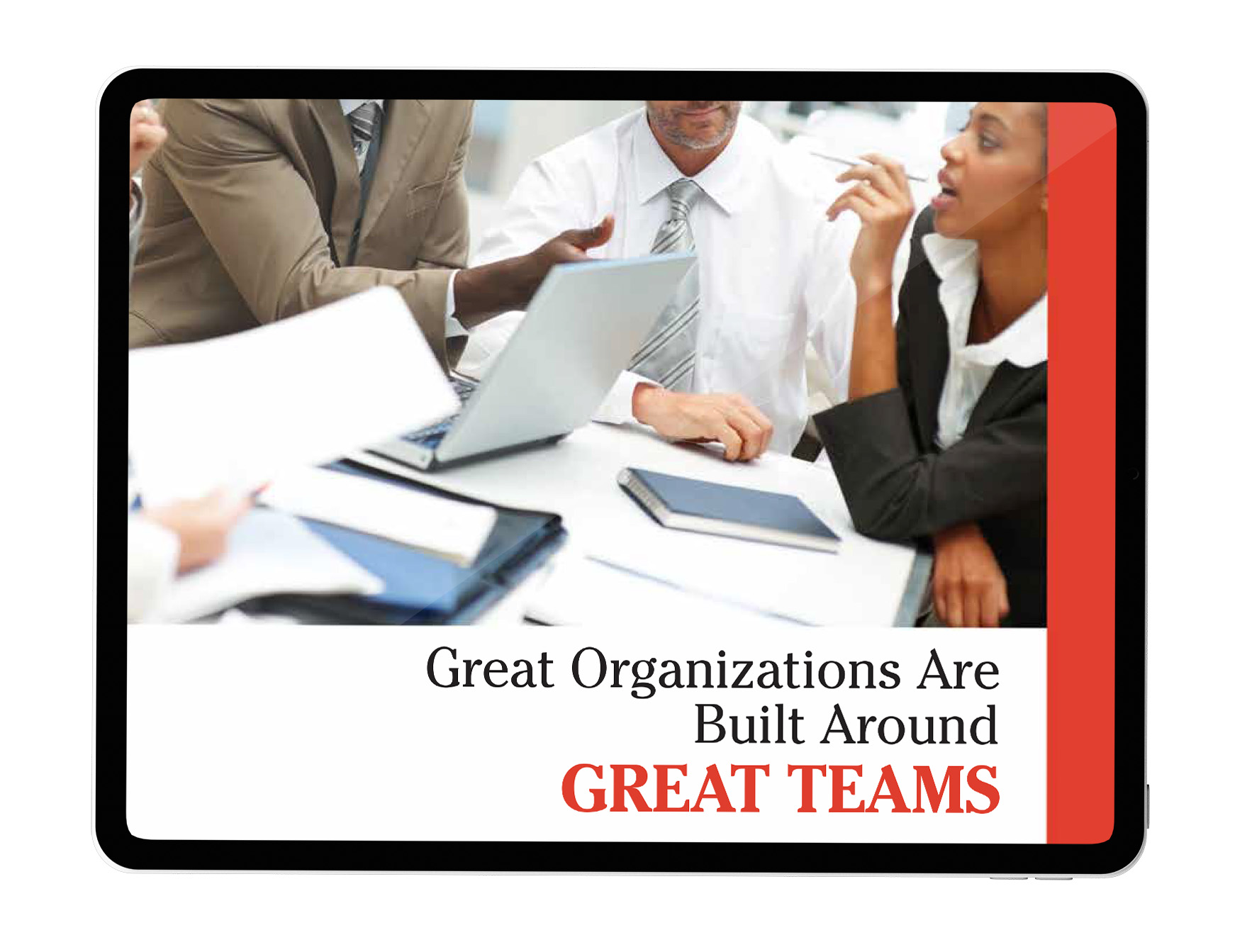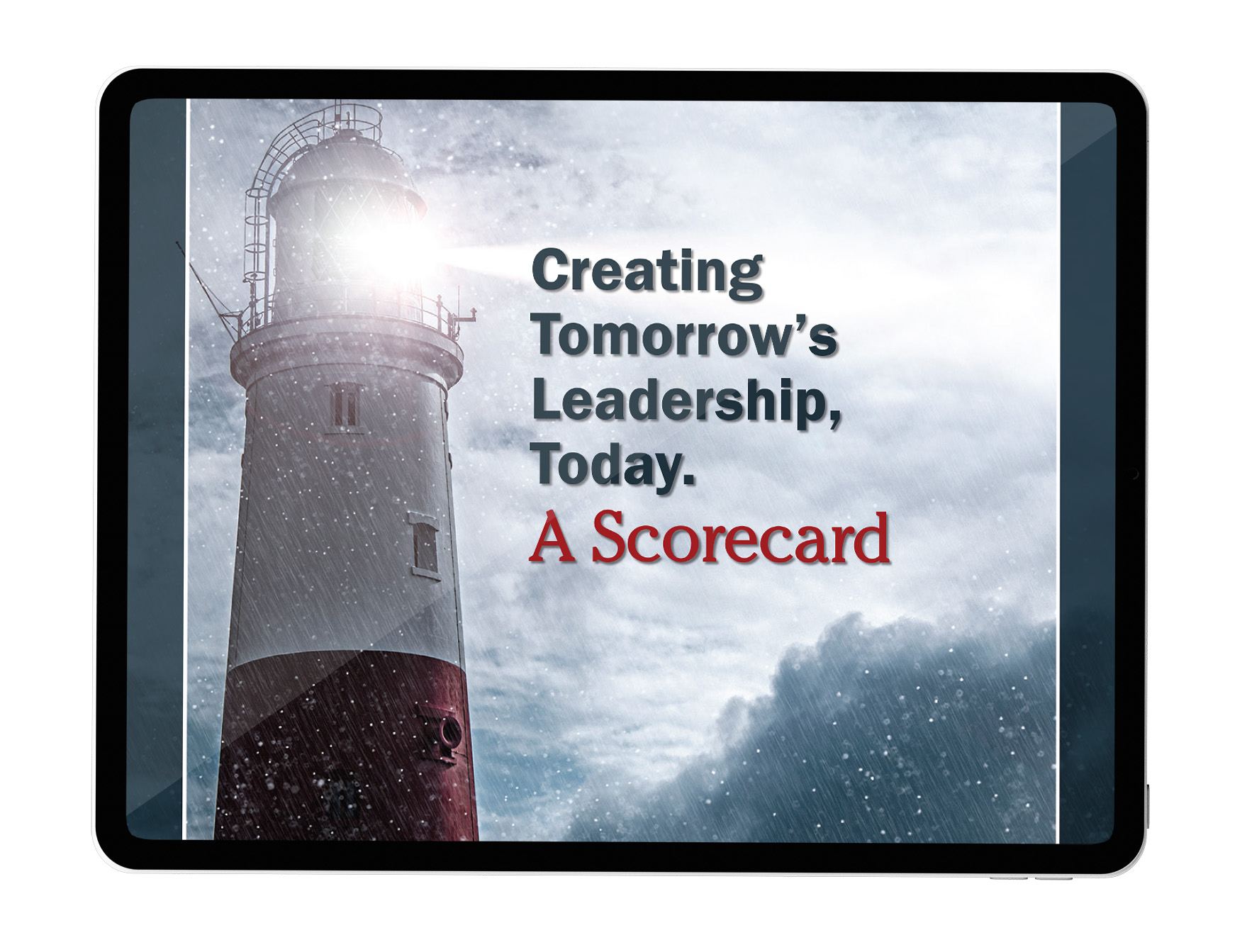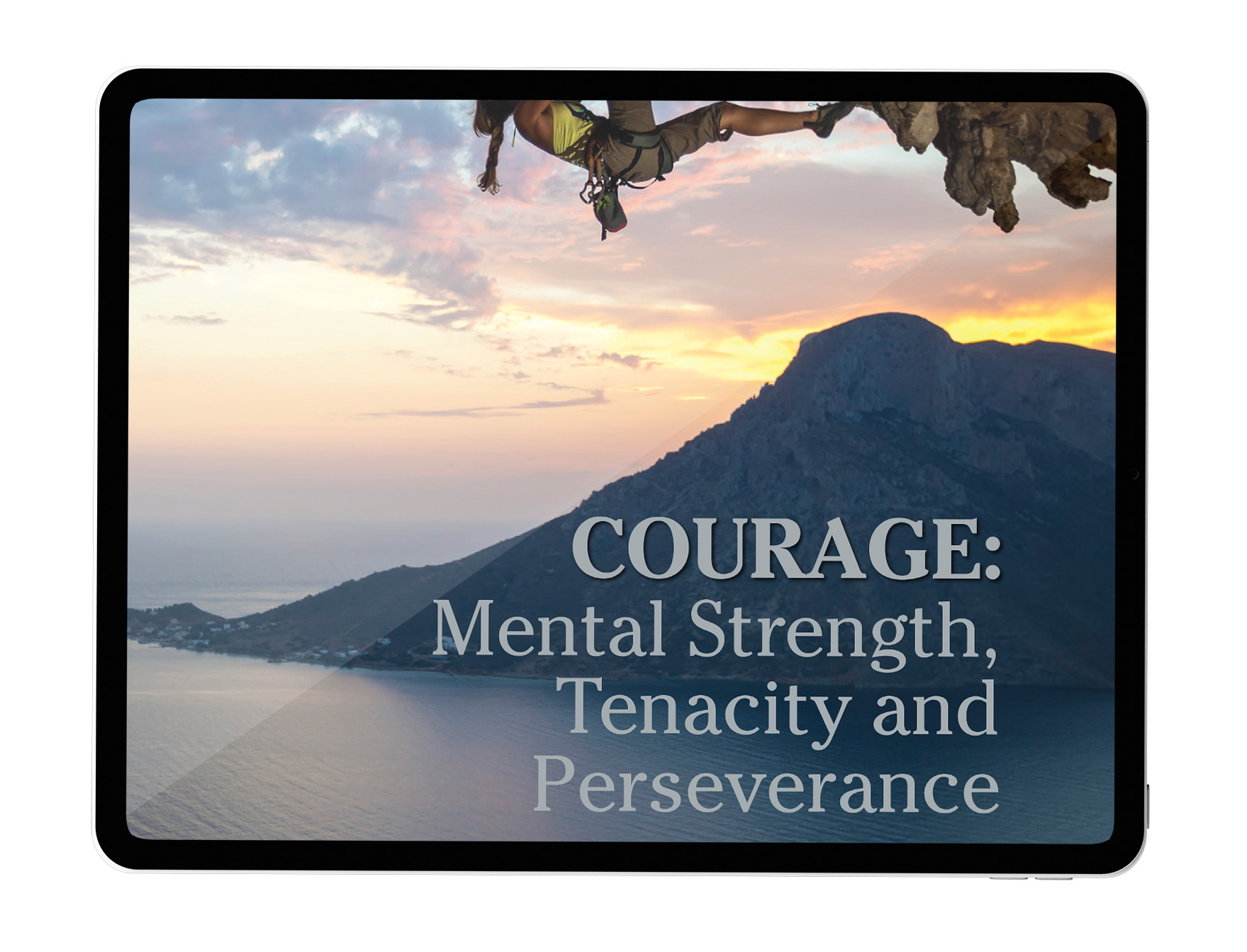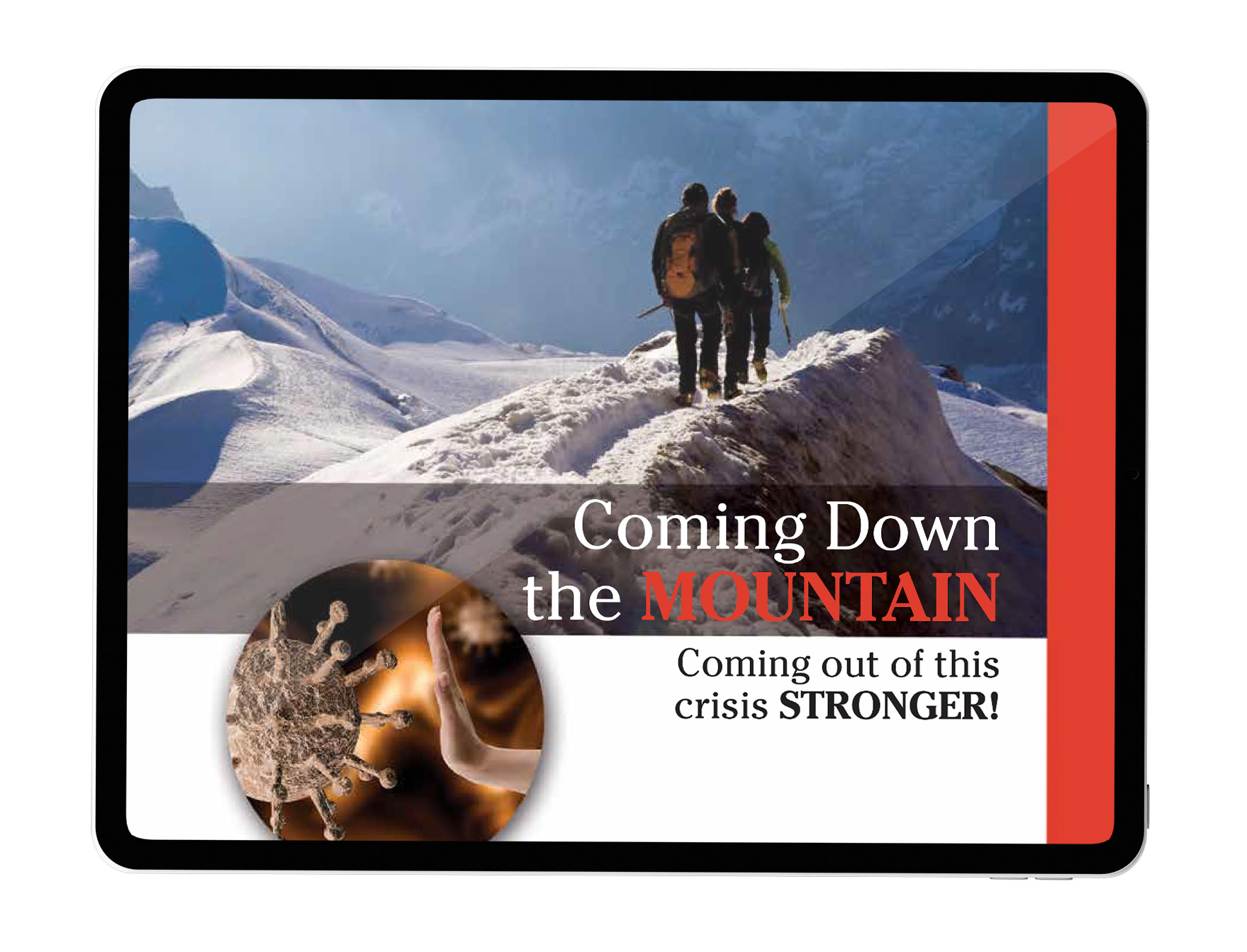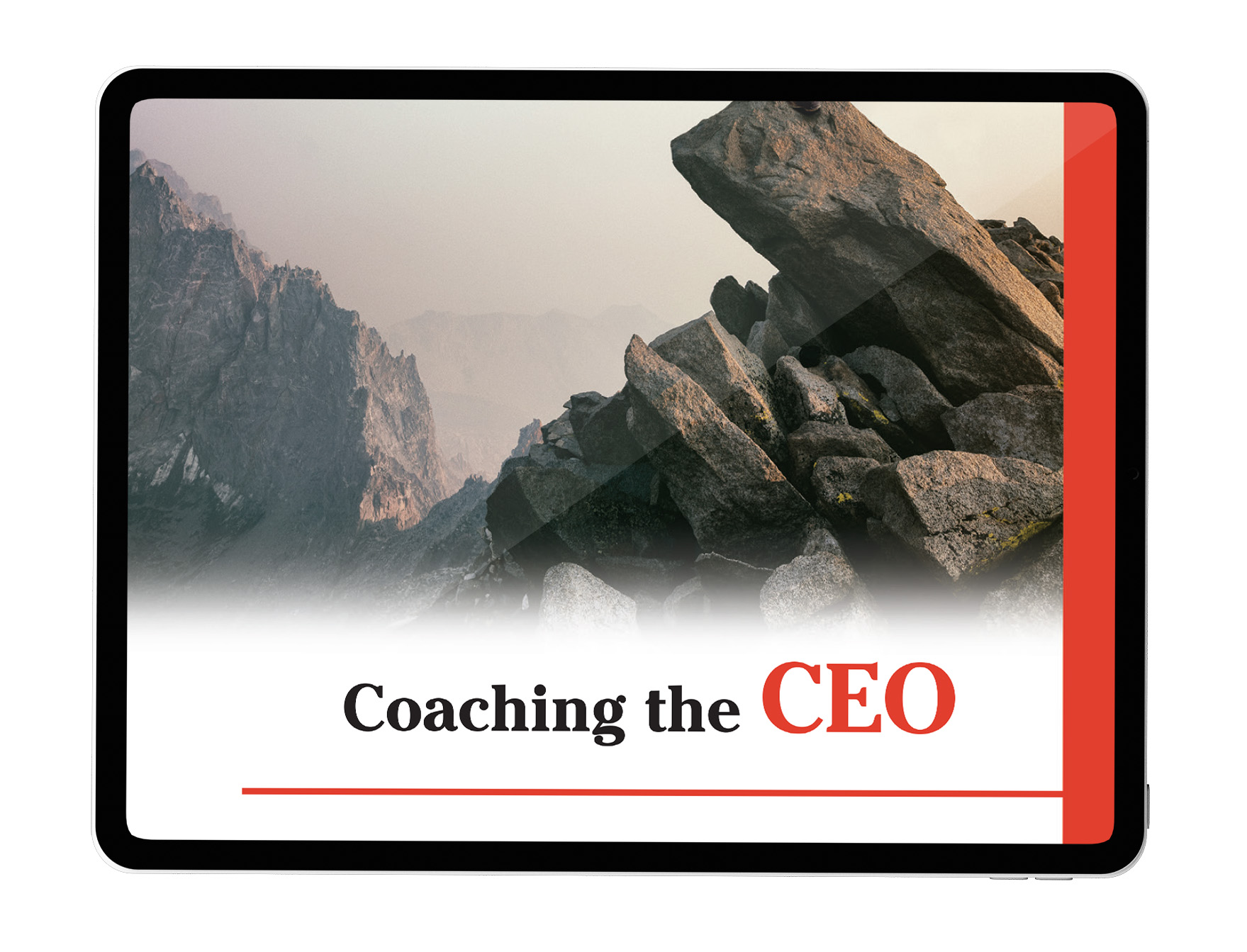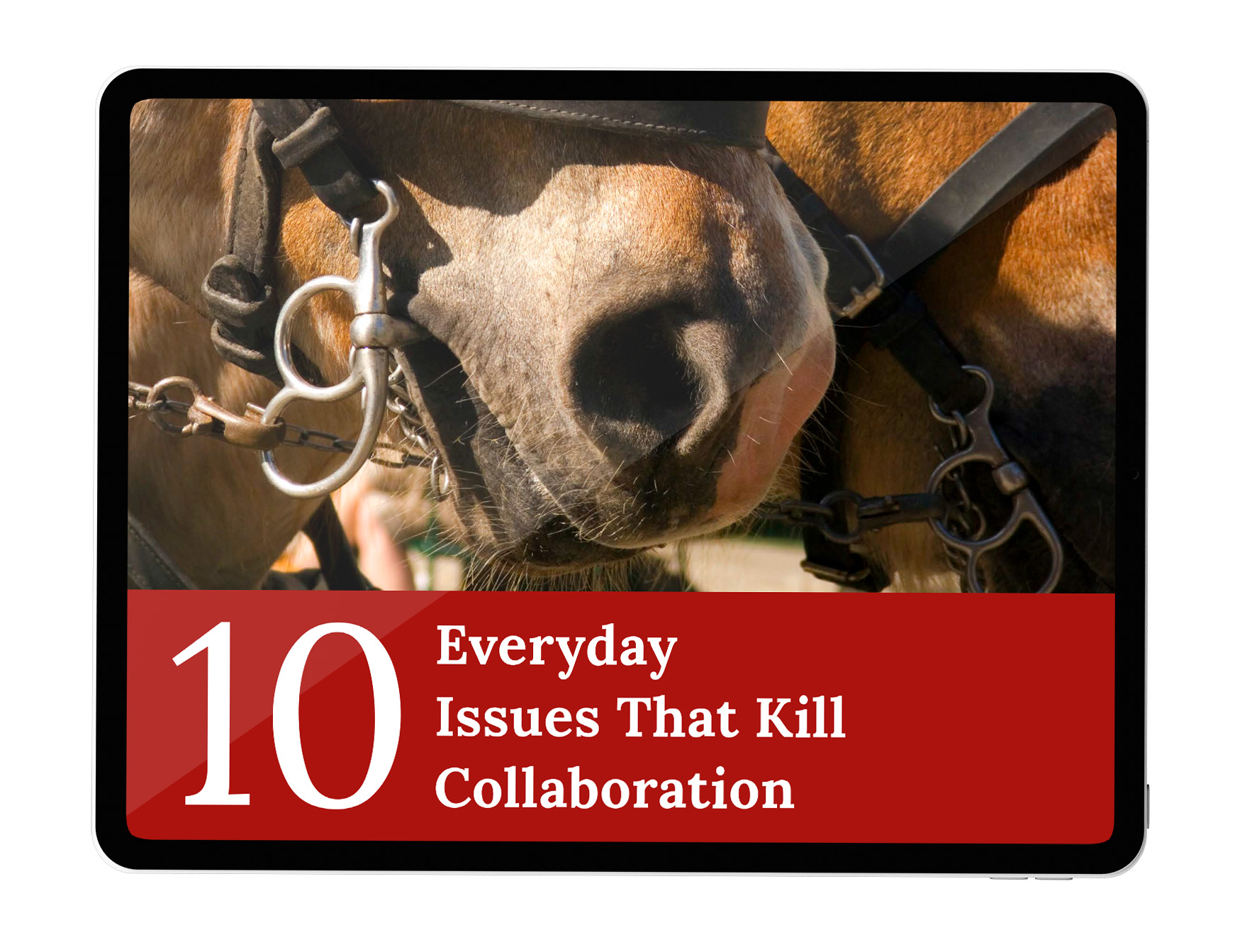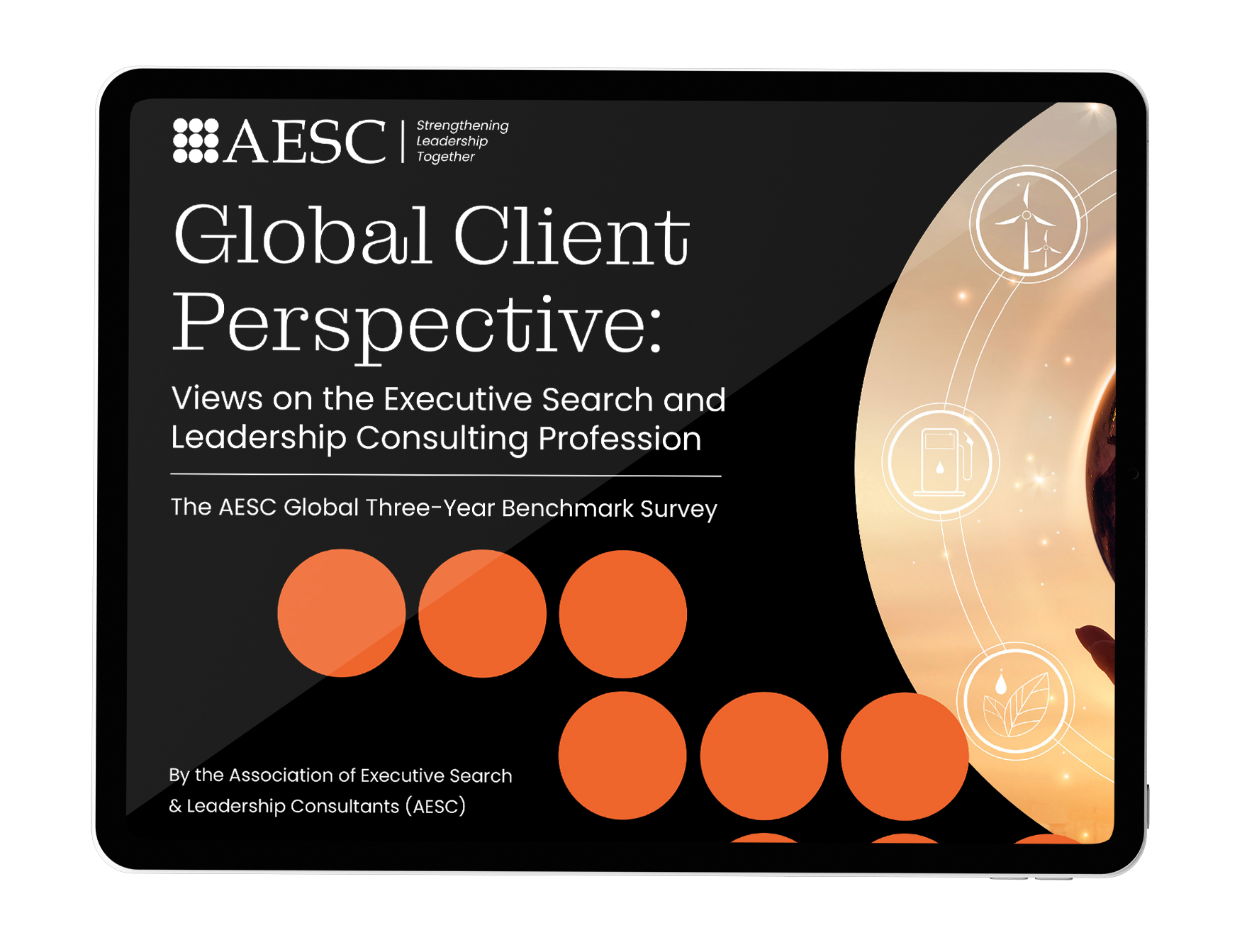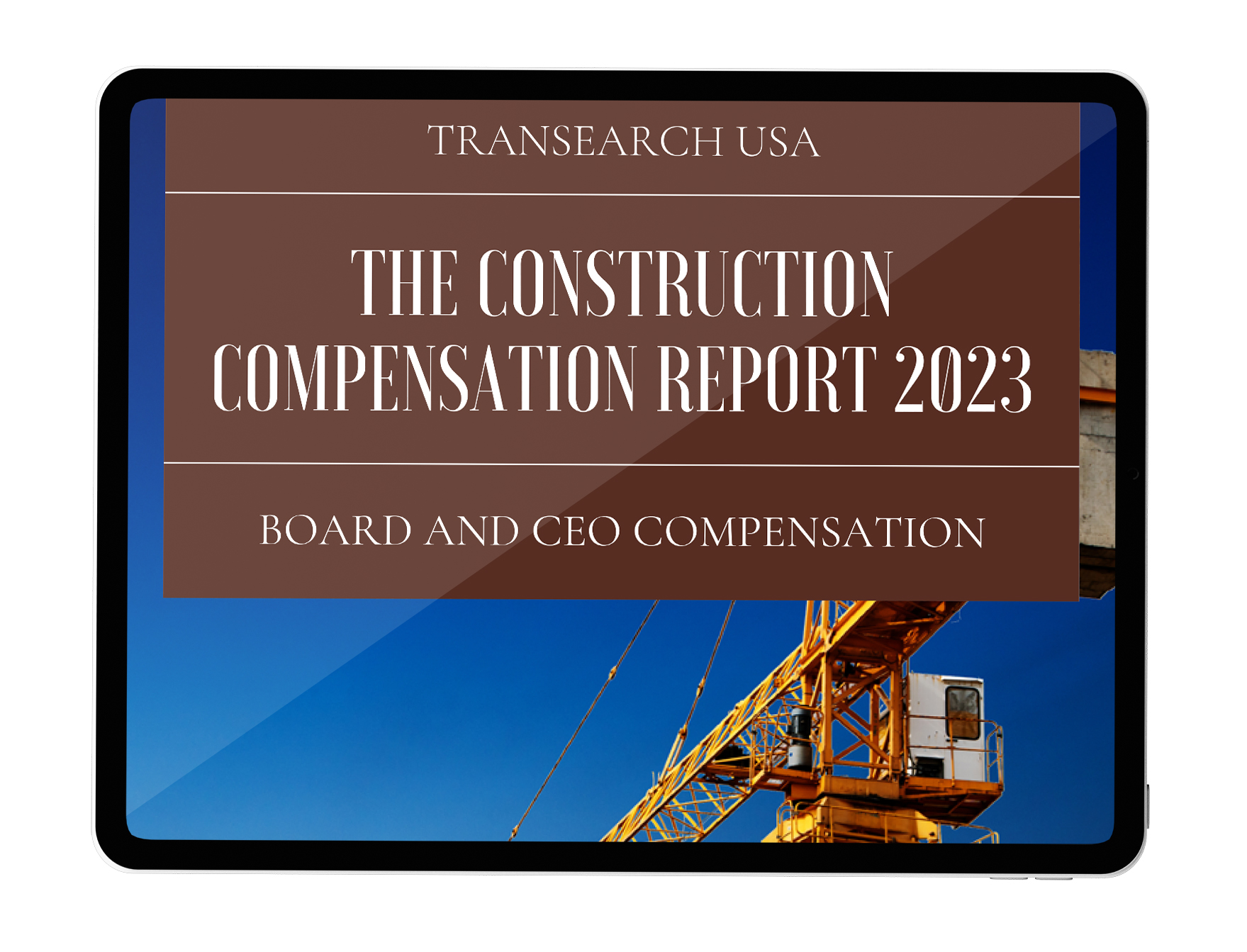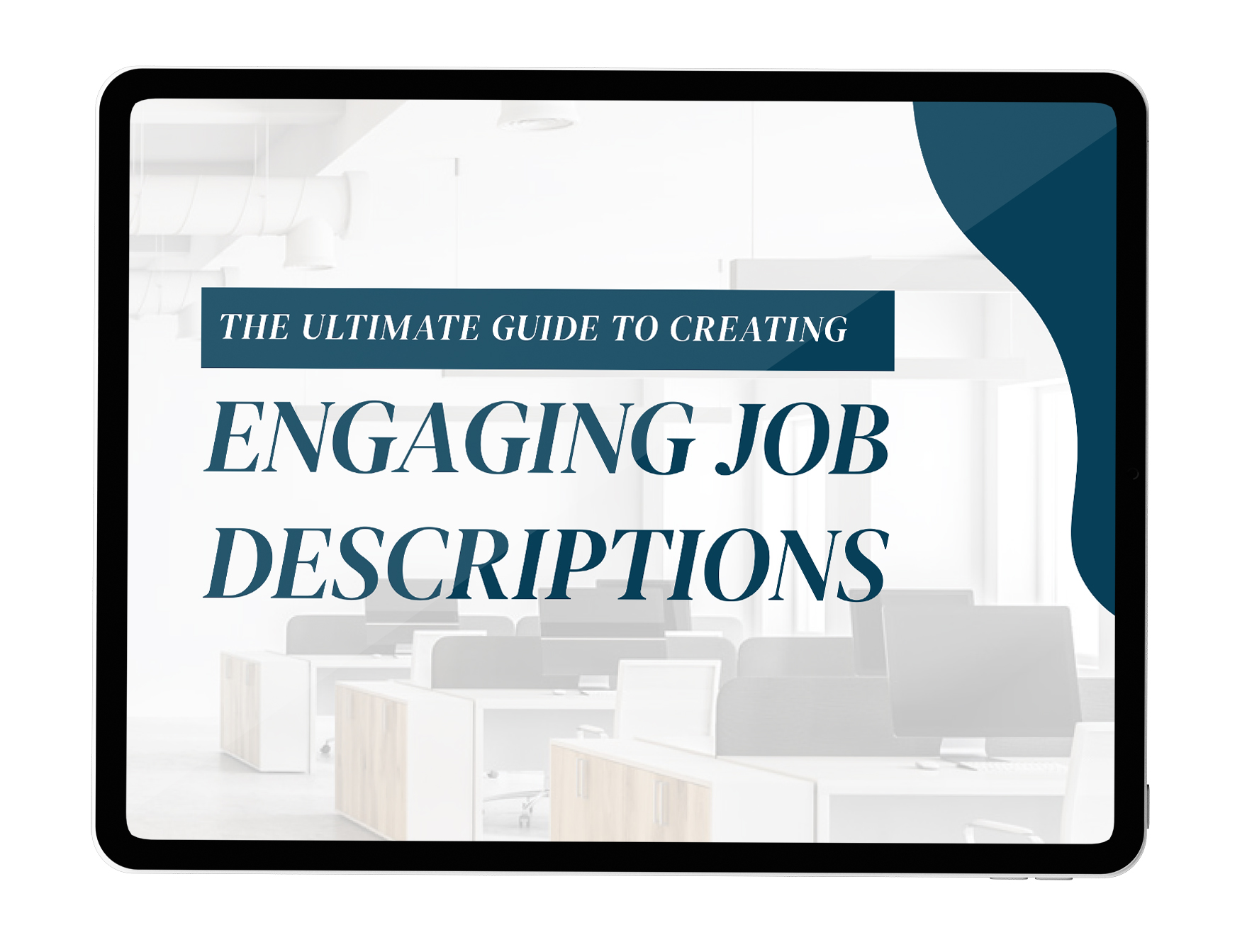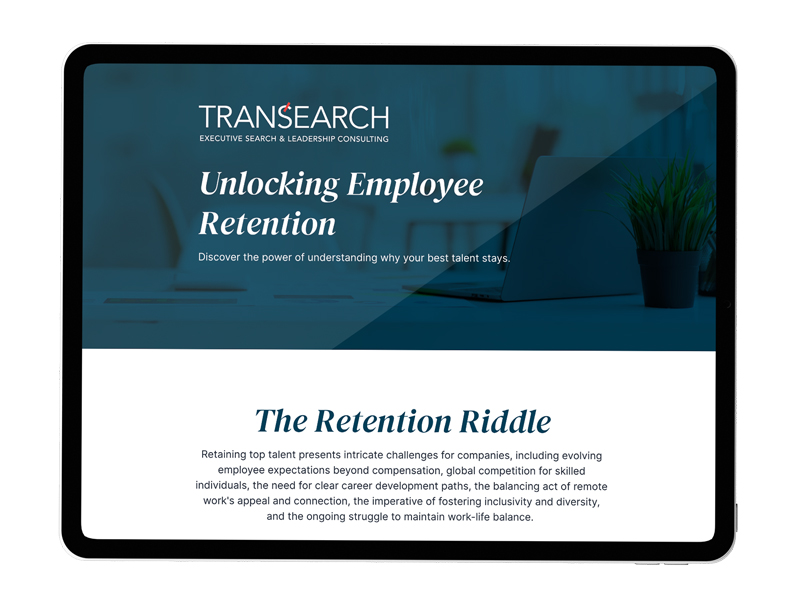Faye Dunaway once said, “You are not an extra in somebody else’s film. You are the star in your own life.”
I have always appreciated the spirit behind the idea that we can make our life what we want it to be – the ethos of individuality and independence. Life is complex, though. And while we are starring in our movies, we are ALSO extras in other’s life movies. So how do we get “discovered?” I never hit it big in Hollywood, but I have helped my clients discover star talent and coached candidates to set themselves apart from the masses.
Here are some simple tips you can use to rise above the crowd.
Make Your Mark with a Stellar LinkedIn Profile
You won’t find success networking or expressing your thought leadership on LinkedIn if you don’t have a profile that makes others want to get to know you. Gone are the days when you put your best foot forward in your first interview. Especially as we move into a more virtual working world, your profile is your first impression to colleagues and hiring managers. They will meet you in your profile before they ever speak to you in person, so make sure your profile stands out from the crowd and positions you as a thought leader within your industry.
You will attract more attention from talent acquisition, executive recruiters, and hiring executives with an eye-catching headline and insightful summary. As writer Ken Chase advises, “Think of it as a small billboard advertisement for you and what you do. Highlight your specialty and how you help your company or customers and speak directly to your target audience. Your summary is the place where you tell your story and should concisely explain who you are and what you do, with a focus on how you help customers or employers meet their goals. Although it can be 2,000 characters, keep in mind that brevity is best. The perspective should be forward-looking. Share what you do well and what you will bring to your next leadership role.
Enrich your profile with keywords with both hard and soft skills you want to be known for. Review job postings that align with what you are looking for and note specific words for skills and duties. “The key is to demonstrate the impact you’ve made, the change you’ve enacted, initiatives you’ve led, and the results you’ve delivered,” Chase advises.
Your headshot should be 500×500 pixels, cropped so about 80% of the frame is your face, and try to make sure you are looking straight forward or slightly toward the content of your profile. This should be a professional photo, not a selfie or a group shot where you’ve cropped others out. In your experience section, be selective. Don’t include every detail of every job you have had. Omit or minimize what is not relevant to your career aspirations. A final point about your LinkedIn profile is the option to highlight other media. If you’ve written articles, been on podcasts, appeared in videos, etc., link to these mediums so you can jump off the screen and demand attention.
Write a Rocking Resume
Think of your resume, as the Harvard Business Review explains, as “a story you’re telling the reader, not just about your accomplishments but the context in which you achieved them. The goal is to help prospective employers see what you can do for them based on what you’ve been able to do in the past.” You likely have a baseline resume, but it’s crucial to make tweaks customized for specific roles.
Start with a summary of your expertise in a concise and compelling paragraph. The critical experience section should have three to four bullets per role with concrete examples. Quantify your achievements with numbers, where possible; for example:
“Increased annual revenue from $5 million to $6 million, a gain of 20%, while leading a global team of 20 employees in three time zones.”
Follow that with key accomplishments and/or key skills section. List any industry-relevant apps or programs you’re familiar with and find ways to incorporate examples of your emotional intelligence (e.g., self-awareness, empathy) and soft skills (e.g., work ethic, reliability) into this section.
Finally, and perhaps most importantly, triple-check your own work. One simple mistake on a resume will negate all your hard work and experience because it will never get read. That’s why it is critical to review for spelling, grammar, and punctuation mistakes. Check your formatting for consistent font, alignment, and spacing. Then have someone else look over your resume to ensure it is 100% correct.
Get in Front of Your Audience
One of the best ways to find a new job is through networking. Connect with individuals who are familiar with your skills and culture fit. Seek out former bosses and colleagues on LinkedIn, and look at the organizations in which they are involved. It is crucial to cultivate your network, and curate your connections. Make it a habit to regularly review any promotions or job changes in your network and see if there are folks who can help accelerate your job search. Non-digital networking is critical. Join local groups and associations linked to your industry. Attend events/meetups, and say you are open to new opportunities.
In order to position yourself as the ideal candidate for your next leadership role, it is essential that you understand how to transition from a physical to a digital network seamlessly. Having a well-rounded online presence is only one part of landing your dream job – writing a resume that tells a story of your past successes is another key component. And then translating what your network sees online and on paper to in-person is the ribbon that ties it all together. With these tips in mind, you are well on your way to putting your best foot forward in today’s competitive job market.





















